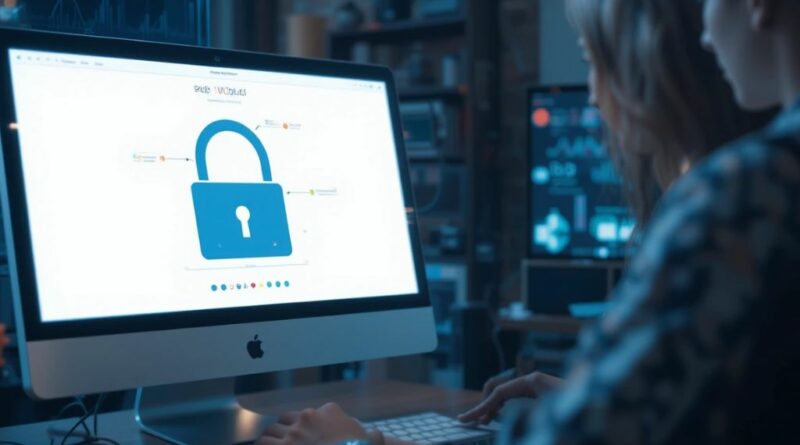VoIP Security Threats Every Business Should Know in 2025
Voice over Internet Protocol (VoIP) has revolutionised business communication, providing flexibility and cost savings. But as VoIP adoption grows, so do the security risks. In 2025, businesses must remain vigilant to protect sensitive conversations and systems from cyberattacks.
In this article, we outline the most pressing VoIP security threats and practical steps to safeguard your organisation.
Why VoIP Security is Non-Negotiable
Modern businesses rely on VoIP technology for internal and external communication, especially with the rise of hybrid and remote workforces. But unlike traditional telephony, VoIP traffic traverses the internet, exposing it to a range of cyber threats.
Without proper precautions, companies face:
- Data breaches
- Eavesdropping on calls
- Disruption of essential services
- Financial loss through fraud
According to CSO Online, VoIP security should be a top priority for IT leaders in 2025.
Top VoIP Security Threats to Watch
1. Eavesdropping on Unencrypted VoIP Calls
When VoIP traffic is transmitted without encryption, attackers can intercept and listen in on sensitive conversations, leading to data leaks or industrial espionage.
✅ Solution: Implement encrypted VoIP protocols like SRTP (Secure Real-Time Transport Protocol) and TLS to secure both media and signalling.
2. SIP Vulnerabilities and Exploits
The Session Initiation Protocol (SIP) is critical for establishing VoIP calls. However, poorly secured SIP infrastructure can be exploited for:
- SIP registration hijacking
- Caller ID spoofing
- Denial-of-Service (DoS) attacks
✅ Solution: Regular updates, strong authentication, and monitoring for anomalous SIP traffic. Refer to Cloudflare’s SIP security overview for technical guidance.
3. Man-in-the-Middle (MitM) Attacks
MitM attacks occur when a malicious actor intercepts VoIP traffic between endpoints. This can compromise confidentiality, alter conversations, or redirect traffic altogether.
✅ Solution: Use end-to-end encryption, employ Virtual Private Networks (VPNs) for remote VoIP users, and segment networks to minimise exposure.
4. VoIP Phishing and Toll Fraud
Social engineering targeting VoIP systems is on the rise. Attackers may impersonate administrators or exploit weak SIP credentials to:
- Make unauthorised international calls
- Hijack voicemail systems
- Steal sensitive data
✅ Solution: Implement employee training, enforce complex passwords, and use multi-factor authentication where possible. More on protecting against phishing can be found here.
5. Denial-of-Service (DoS) and Distributed DoS (DDoS) Attacks
Cybercriminals may flood your VoIP servers with illegitimate traffic, rendering services unusable and causing costly downtime.
✅ Solution: Deploy firewalls and intrusion prevention systems and continuously monitor traffic to detect and mitigate attacks quickly.
Building a Secure VoIP Environment
To minimise risks and protect your organisation:
✅ Use encrypted VoIP protocols like SRTP and TLS
✅ Regularly update your PBX and VoIP infrastructure
✅ Harden SIP servers and limit access to known IP addresses
✅ Educate staff on VoIP-specific security practices
✅ Monitor networks for unusual traffic patterns
✅ Work with trusted VoIP providers that prioritise security
The team at SoftpageCMS recommends staying proactive and keeping security at the forefront of your communication strategy.
Final Thoughts
While VoIP enhances flexibility and efficiency, it introduces security challenges that cannot be ignored. By understanding common VoIP vulnerabilities and implementing industry best practices, businesses can enjoy the benefits of modern communication without exposing themselves to unnecessary risk.
As 2025 unfolds, protecting your VoIP systems from cyberattacks is no longer optional—it’s essential.
We’d love your questions or comments on today’s topic!
For more articles like this one, click here.
Thought for the day:“Virtue is an inner strength. It expands your nature.” John Bradshaw



